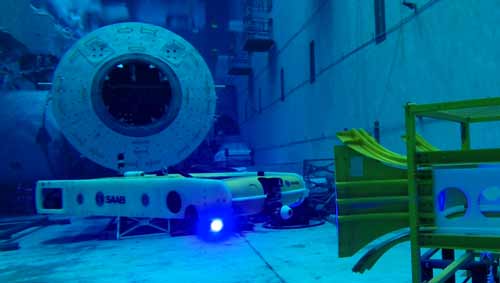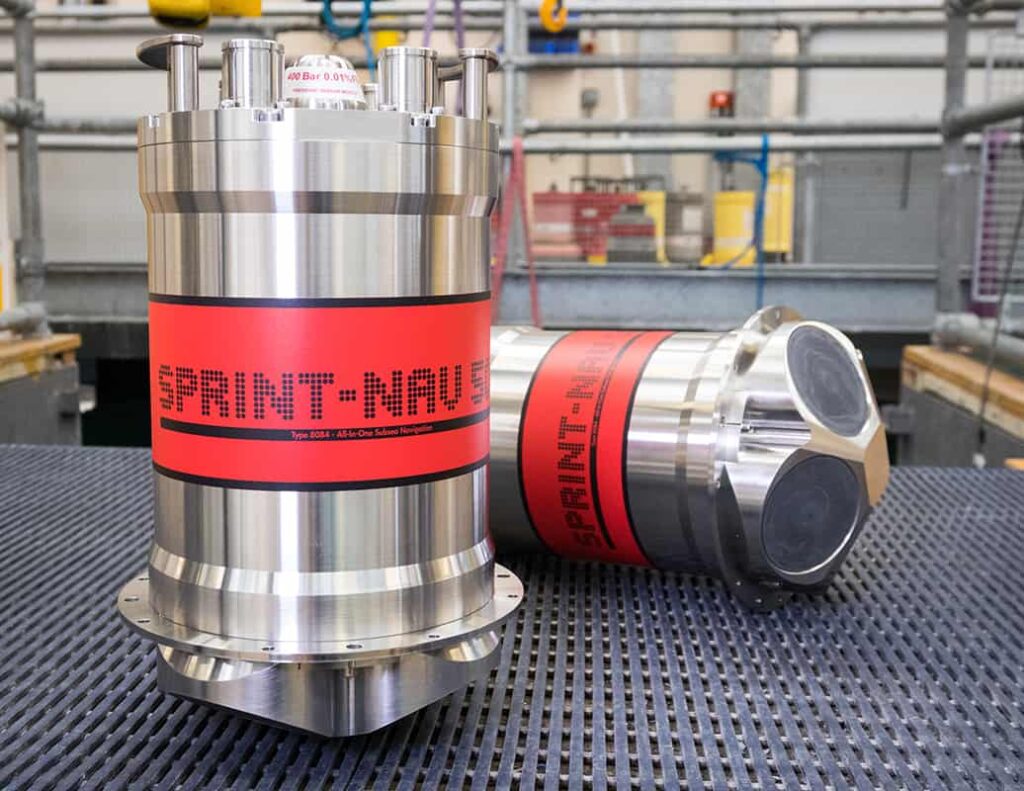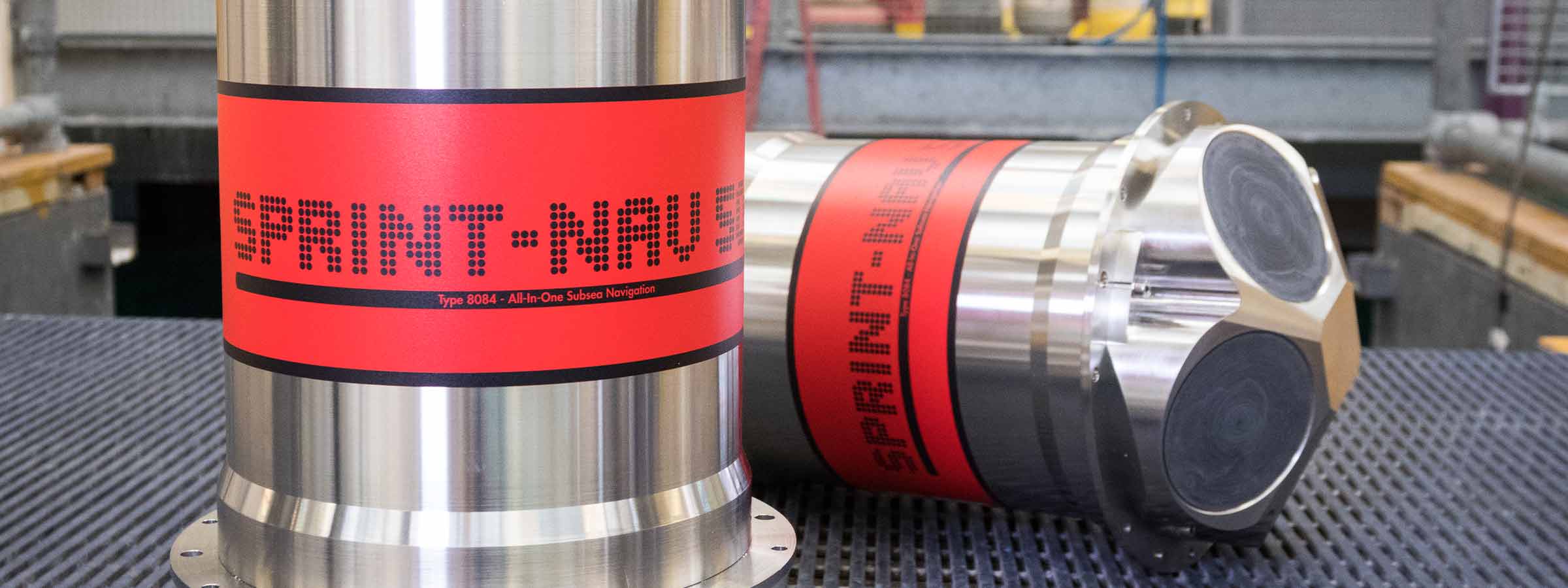Author: Ioseba Tena – Global Business Manager – Marine Robotic Systems
Autonomous underwater vehicles (AUVs), subsea robotics and remote operated vehicles (ROVs) will come under the spotlight in Aberdeen tomorrow for Subsea UK’s Underwater Vehicles Conference (UVC). This is an industry that has experienced a painful downturn, one which has also encouraged innovators to seek out new solutions to optimise their performance.
 There is a new generation of ROVs and hybrid- field resident AUVs and they will have many different challenges: inspection, intervention and mapping, with less support infrastructure, over wider areas and/or at higher speeds.
There is a new generation of ROVs and hybrid- field resident AUVs and they will have many different challenges: inspection, intervention and mapping, with less support infrastructure, over wider areas and/or at higher speeds.
At the core of all these missions is a requirement for vehicles to be able to navigate reliably in all conditions and to a given accuracy level. To date, navigation has been the sum of its parts: a Doppler velocity log (DVL) tells the vehicle its speed and altitude from the seafloor; a depth sensor its depth; the gyro its heading; the USBL/LBL (Ultrashort BaseLine/Long BaseLine) a latitude and longitude coordinate. An Inertial Navigation System (INS) may also be used to improve short-term accuracy, precision and reliability. The vehicle must then integrate all these inputs for vehicle guidance and navigation.
However, most of these instruments are designed only for standalone operation and so improvements in accuracy and reliability that can be gained with tight integration are not realised. In addition, all these separate instruments must be calibrated or aligned to each other; a task that can be complex and error-prone in the offshore environment. Timing between the instruments is another challenge.
 We have developed a hybrid navigator, SPRINT-Nav, which tightly integrates all the raw sensor data at a low level to provide unprecedented improvement in self-contained or ‘dead-reckoning’ navigation accuracy and reliability.
We have developed a hybrid navigator, SPRINT-Nav, which tightly integrates all the raw sensor data at a low level to provide unprecedented improvement in self-contained or ‘dead-reckoning’ navigation accuracy and reliability.
It enables significant efficiencies and cost savings for both current underwater vehicles and the emerging new generation resident vehicles. Many missions, such as pre-lay survey and inspection, can now be performed without any assistance from surface vessels or subsea infrastructure, achieving accuracies two to five (and more) times better than separately integrated instruments at the same cost. Hybrid navigation also supports a step-change in seabed relative station keeping, typically achieving <1 metre error over 24 hours. Importantly, for resident vehicles, this level of performance can be achieved within 10 minutes of start-up, even in a static seabed dock – no special alignment trajectories need to be flown, saving previous precious operational time and on-board battery power.
Where extremely high accuracy is required, SPRINT-Nav can be combined with seabed acoustics to provide centimetric levels of accuracy, enabling the most demanding dynamic mapping and imaging missions such as subsea metrology.
Our Engineering Manager Malik Chibah will be explaining mission specific performance and how we achieve it in more depth at 1.50pm during UVC, which is being held at Aberdeen Exhibition and Conference Centre. We’ll also be suggesting how this technology can be applied to across other industries such as renewables, aquaculture and defence.
Come talk to us at the conference and we’ll discuss the right fit hybrid navigation for your vehicle and missions or contact us here.
